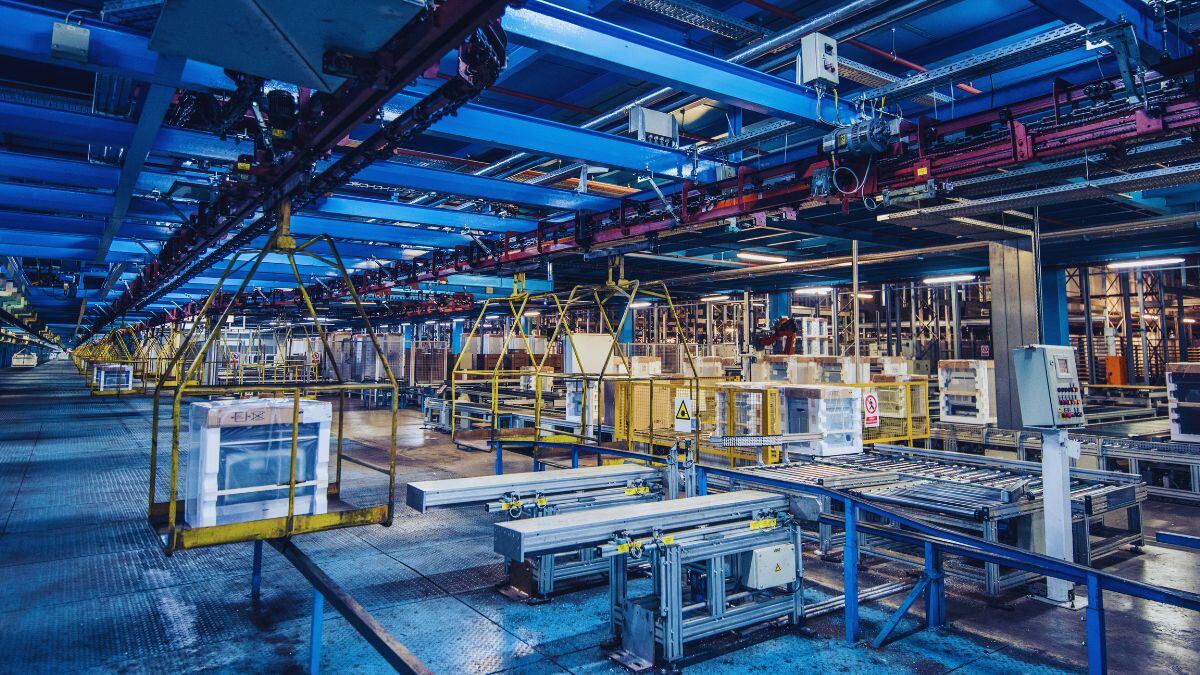What Is MBD? A Beginner’s Guide to Model-Based Definition
Key Takeaways
- Model-Based Definition (MBD) replaces traditional 2D engineering drawings with a fully annotated 3D digital model.
- MBD enhances communication between design, manufacturing, and inspection by embedding critical data directly into the CAD model.
- It supports digital transformation efforts, streamlines the product lifecycle, and improves quality and efficiency.
- MBD plays a foundational role in enabling a Model-Based Enterprise (MBE) and the digital thread.
- While it requires a cultural and technical shift, organizations that adopt MBD often see measurable reductions in cost, time, and production errors.
In today's fast-paced, increasingly digital manufacturing landscape, product teams are constantly looking for ways to improve accuracy, reduce development time, and better align design intent with production reality. One of the most powerful ways to achieve these goals is through Model-Based Definition—often abbreviated as MBD.
If you're used to working with traditional 2D engineering drawings, MBD may feel like a major change. But it represents a significant step forward in how engineering teams define, communicate, and maintain design information throughout the product lifecycle. This guide will help you understand what MBD is, why it matters, and how it's being adopted by modern manufacturers.
What Is Model-Based Definition (MBD)?
At its core, Model-Based Definition is a practice in which the 3D CAD model itself becomes the authoritative source for all product definition. That includes not only the geometry, but also dimensions, tolerances, materials, surface finishes, and other annotations—collectively known as Product and Manufacturing Information (PMI).
Instead of producing and managing separate 2D drawings, teams using MBD embed all the relevant design and manufacturing details directly within the 3D model. This fully annotated model can then be used by stakeholders across engineering, manufacturing, inspection, and even suppliers—streamlining collaboration and reducing the risk of miscommunication.
The concept behind MBD is simple: eliminate redundancy, reduce documentation errors, and improve design clarity by working from a single digital source of truth.
Why MBD Is Replacing 2D Drawings
For decades, 2D engineering drawings were the standard way to communicate design intent. But as products became more complex and global collaboration more common, the limitations of 2D documentation began to show. These drawings are static, prone to interpretation errors, and often disconnected from the CAD model, which leads to confusion and costly mistakes.
MBD addresses these issues by enabling a more dynamic, integrated approach. When all critical information lives in the 3D model, teams don’t have to cross-reference multiple documents or worry about outdated revisions. This is especially useful for manufacturers working across time zones, suppliers with varying levels of technical support, or organizations operating in industries where quality and traceability are essential.
In many ways, MBD isn’t just about replacing drawings—it’s about modernizing the entire product definition process.
How MBD Enhances the Product Development Process
The benefits of MBD go beyond eliminating paper drawings. Here are a few ways it positively impacts the broader engineering and manufacturing ecosystem:
Improved Communication
By consolidating all necessary design information into one digital model, MBD improves clarity across departments. Whether you’re a design engineer, machinist, or quality inspector, everyone is referencing the same model—with the same data—reducing the risk of misinterpretation.
Increased Efficiency
MBD helps automate processes that would otherwise require manual input. For example, toolpaths in CAM software and measurement programs for CMM machines can be directly generated from the annotated 3D model. This reduces setup time and lowers the chance of introducing human error during data translation.
Faster Design Changes
When a change is made to the CAD model, there’s no need to update a separate 2D drawing. Since the 3D model is the master, changes are made in one place and automatically reflected throughout the digital workflow.
Stronger Support for Digital Transformation
MBD is a key component of a broader Model-Based Enterprise (MBE) and supports the digital thread—ensuring continuity of data from design to manufacturing to inspection and beyond.
Inside a Typical MBD Workflow
Implementing MBD doesn’t necessarily require reinventing your entire process, but it does require modern CAD tools and an updated approach to documentation. Most major platforms—including PTC Creo, Siemens NX, CATIA, and SOLIDWORKS—support MBD workflows and provide tools for embedding PMI directly within the model.
These platforms allow you to define geometric tolerances, apply material conditions, control datum structures, and create section views—all within the 3D space. You can then export models in neutral formats such as STEP AP242 or 3D PDF, which preserve both geometry and annotations and are viewable by external partners.
One of the most notable advantages of this format is that it allows non-CAD users—such as shop floor operators or quality inspectors—to access and interpret design intent using standard viewers, without needing access to the original CAD application.
MBD in Action: Industry Applications
MBD is rapidly gaining traction in industries where precision, traceability, and speed are critical.
In aerospace and defense, companies use MBD to comply with stringent documentation requirements and reduce turnaround times for inspection processes. In automotive, it enables faster design iterations and tighter supplier integration. In medical devices, MBD ensures that dimensional data and tolerances are clearly communicated—an essential component of quality assurance and regulatory compliance.
Even industries that traditionally rely on large assemblies and extensive fabrication processes, such as industrial machinery or heavy equipment, are beginning to implement MBD to improve revision control and streamline documentation.
Challenges of Adopting MBD
As with any major process change, adopting MBD comes with some challenges. These include:
- Training: Teams must learn how to interpret and work with 3D annotations and PMI standards like ASME Y14.41 or ISO 16792.
- Supplier Readiness: Not all suppliers may be equipped to work from 3D models. You'll need to assess their technical capabilities and possibly provide support during the transition.
- Legacy Systems: If your organization is heavily reliant on legacy 2D-based processes, you’ll need a strategy for migrating legacy data and managing the coexistence of 2D and MBD workflows during the transition period.
Despite these hurdles, companies that have embraced MBD typically report fewer downstream errors, shorter production cycles, and lower documentation costs.
MBD vs. Traditional CAD Workflows: A Quick Comparison
|
Feature |
Traditional 2D Drawing |
Model-Based Definition (MBD) |
|
Design Intent |
Captured in 2D drawings |
Embedded in 3D model |
|
Risk of Misinterpretation |
Higher |
Lower |
|
Data Consistency |
Prone to mismatch |
Single source of truth |
|
Revision Control |
Requires separate tracking |
Unified in model |
|
Readiness for MBE |
Limited |
Foundational |
Conclusion
Model-Based Definition is changing how products are designed, documented, and delivered. By consolidating all manufacturing information into a single digital model, MBD improves collaboration, reduces costly errors, and lays the groundwork for smarter, more integrated engineering environments.
If your organization is aiming for leaner production, fewer communication gaps, and faster time-to-market, now is the time to explore how MBD can become a cornerstone of your digital transformation strategy.
Additional Resources
Interested in taking the next step?
- Explore GD&T Advisor to simplify and standardize your 3D annotations.
- Learn how CETOL 6σ fits into your MBD workflow to ensure tolerance precision.
Schedule a demo to see how Sigmetrix can support your MBD journey.




